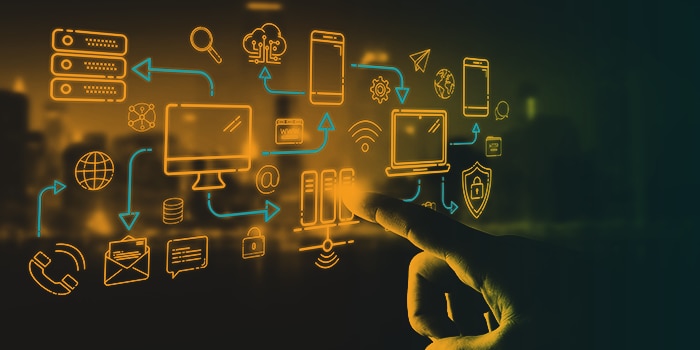Agile ITSM and the Agile Service Desk
Up to this point, Agile IT has been mostly confined to the world of software development. Well...that is changing. Simply put, Agile has proven too valuable to be excluded from any area of IT (and across the organization). It’s undeniable that collaboration between cross-functional teams helps find quicker solutions. That’s why this project management strategy has grown so popular, and that’s why it’s time to expand it beyond one area of the business. The agile mindset and agile methodology has serious value to add across your ITSM efforts.Improve Your Efficiency With Cloud and Multi-Tenant Solutions
The agile approach to ITSM, as practiced at the Agile Service Desk, naturally drives efficiency and makes for faster service desk response times. This can be further accomplished through the automation of recurring and repetitive tasks using AI and self-directed processes to increase both customer buy-in and service performance. But there are other ways in which the agile mindset can drive efficiency at the service desk level. Cloud and multi-tenant solutions are a major advantage for agility in ITSM. Multi-tenant solutions update all instances of applications simultaneously, allowing customers organization-wide to work on the latest and best version.Managing People and Relationships With the Agile Service Desk
One of the primary challenges in ITSM is creating a feeling of personalization — a feeling that IT cares about each individual ticket and request. It’s a universal cliché that has spawned comedy sketches and entire sitcom episodes. We’re talking about the IT worker who has little patience for the technical understanding of those whom they are supporting, and little concern for their contribution to the success of the organization as a whole. Using an agile mindset when it comes to managing the people and relationships involved in the delivery of service can help you transform the negative bias that some of your customers may have into an improved reputation for your service desk. Working with your ITSM team to establish relationships with your customers, getting to know them as people and the vital roles they play in the success of the organization will allow you to get more out of a ticket than you may have thought possible.Agile ITSM Metrics
The agile mindset focuses on people before processes. This can be illustrated in the business metrics that your service desk broadcasts and displays on the service desk dashboard. Too many IT departments get hung up on what is important to IT only, reporting only on the metrics that help get the business of ITSM done. While those metrics are important, there are other metrics that can help your customers understand the service desk, the IT department, and the impact of IT and ITSM on the organization as a whole. What are your customer satisfaction (CSAT) scores? How much time has your service catalog saved in the onboarding process? How many users received software or application upgrades from a recent release? These are different kinds of metrics than your classic cost per ticket, first touch resolution, or time to resolution statistics, and they can capture a tangible positive impact that leadership and employees will appreciate. Tracking and reporting metrics that illustrate the positive impact that ITSM is having on various departments, initiatives, and larger management and forecasting challenges is a terrific way to build the perception of the real value your ITSM efforts translate into, all across the organization.Agile IT
Delivering Agile ITSM will take careful planning, effort, and culture change. It may not happen overnight. But the benefits are certainly worth the effort it will take to convert your ITSM culture to the agile mindset, especially when it comes to building trust with internal and external stakeholders.




